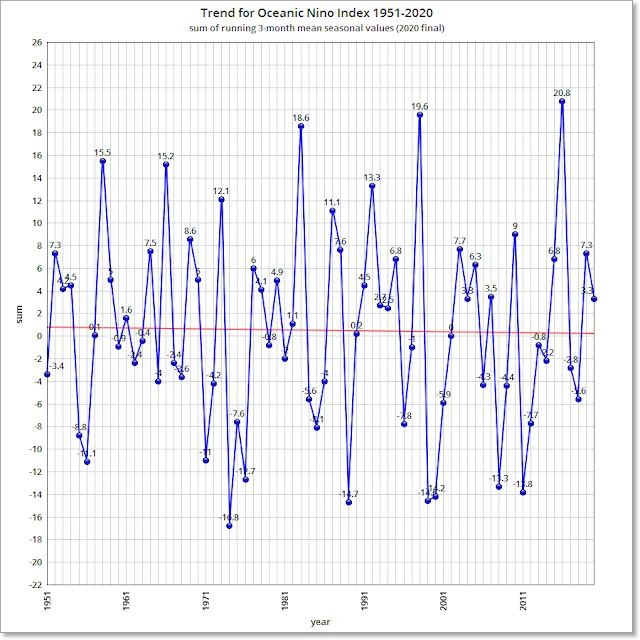November 2016 climate summary for Grand Rapids, Michigan
Average temperature was 45.4 degrees F. Normal is 39.1. The month ranked 4th warmest November since 1892. The YTD average temperature was 53.4, the 4th warmest YTD average among the previous four warmest full years on record. The normal YTD average temperature is 50. The YTD average temperature in the hottest full year on record in 2012 was 54.4, in 1921 was 54.2, in 1931 was 53.7, in 2016 was 53.4 and in 1998 was 53.2 (the last three were all El Nino episodes).
The lowest temperature recorded this November was 21. The normal lowest temperature is 17. The highest temperature this November was 73. The normal highest temperature is 66.
November 2016 saw 3.24 inches of precipitation. Normal is 2.84. YTD precipitation is 43.33 inches, normal YTD is 31.94. The wettest full year on record was 2008 with 48.80 inches. The driest full year was 1930 with just 20.92.
Snowfall measured 0.8 inches. Normal for November is 6.4 inches. The seasonal total is 0.8 inches, and the normal seasonal total is 6.8. Normal seasonal snowfall is 66.7 inches. The snowiest season on record was in 1951-52 with 132 inches of snow. 1905-06 was the least snowy with 20.
There was no change to Cooling Degree Days in November. YTD there were 936 CDD, the 15th warmest on record so far. Normal CDD is 694.
Heating Degree Days totaled 44 in September, 324 in October and 580 in November for a total of 948 for the season so far. Normal HDD seasonally is as follows: July, 9, August, 19, September, 137, October, 427 and November, 770 for a seasonal normal to date of 1362. Normal for a full season is 6713 HDD. The coldest winter season by HDD was in 1903-04 with 7712. The warmest was in 2011-12 with just 5253.
Actual lower HDD presently have been indicative of the after effects of warmer conditions prevailing since the end of the El Nino this summer. The Very Strong El Nino of 2015-16, averaging 1.43 on the index and 15 months long, was longer but weaker than the 1997-98 episode, which averaged 1.56 on the index and was 13 months long. The 1982-83 VSE averaged 1.3 on the index and was 15 months long.
The Oceanic Nino Index value for the August-September-October measuring period was -0.7, the second consecutive measurement at -0.5 or lower. Five such values consecutively would indicate the onset of a La Nina, which could produce wetter conditions in the US High Plains and Upper Midwest and lots of snow in Canada.
No thanks. Been pretty wet in these parts already, Pilgrim.






















